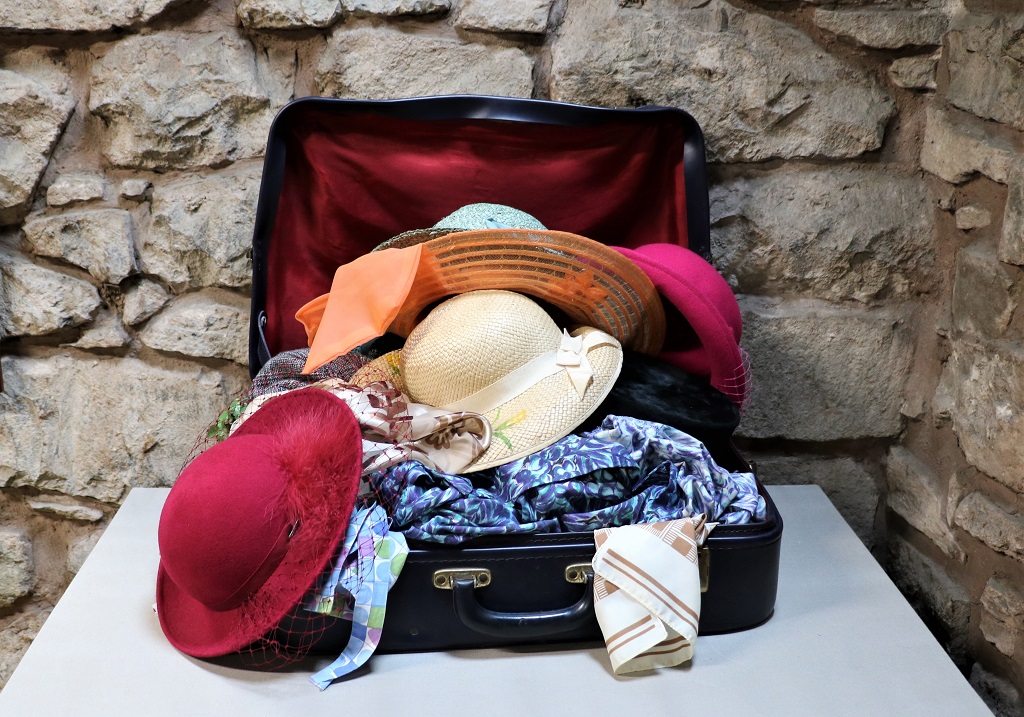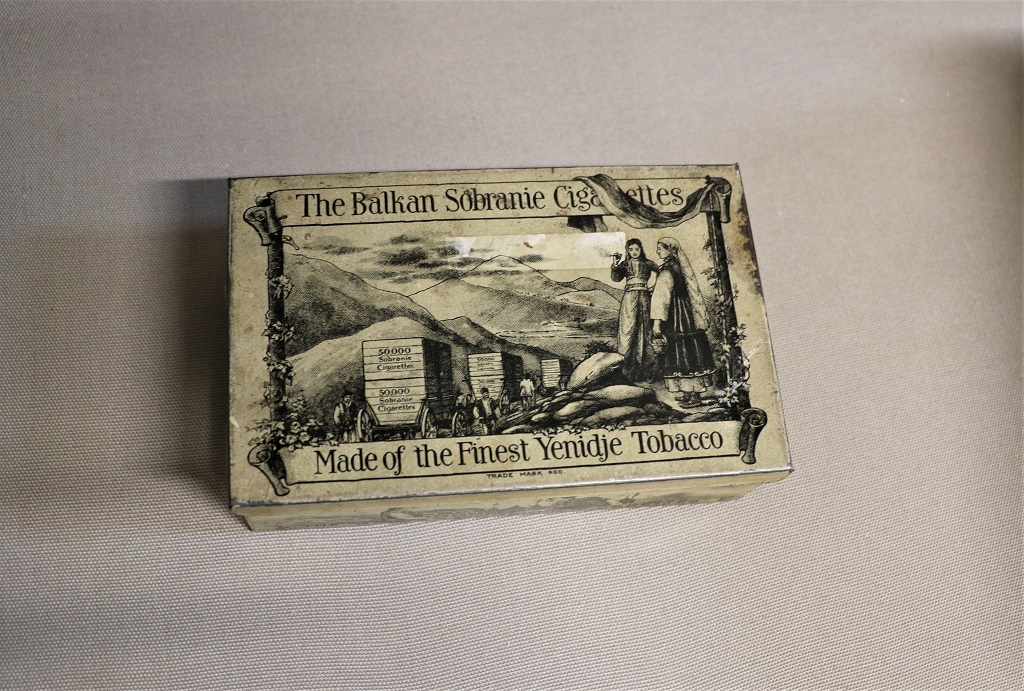
Leading social history museum marks 30 years
One of the UK’s leading social history museums, the iconic People’s Story Museum, opened its door for the first time 30 years ago.
This museum was considered greatly innovative at the time, concerned with the lives of the everyday people of Edinburgh.
To mark 30 years since the opening, the museum is launching a new exhibition called ‘The Making of the Museum’ this July. This exhibition will highlight what went on behind the scenes of the museum’s creation. This was a time of novelty as social history started making its way into people’s consciousness, and there was an increase of interest into the history of the working classes.
The people decided that they no longer wanted to hear only about the lives of the great, rich and famous, but also to hear about those more representative of themselves and the lives that they were living in history. They wished to learn about, and from, the more accessible aspects of humanity and the human experience.
As such, the museum was created.
This exhibition demonstrates the establishment of the People’s Story Museum by showcasing various objects, recent acquisitions and even a dressing up area.

Visitors to the exhibition can dress up in traditional clothing from the 20th century
Big features of the spectacle include The Edinburgh Harriers Challenge Cup athletics trophy with an engraving of all the names of the cup winners from 1892 – 1969; a box full of shirt collars from the 1940s – suggesting that collars could be detached from shirts in order to be washed faster in a time before modern inventions; a stags head brooch from c. 1945 which bears the crest of the Canongate as well as the motto Sic Itur Ad Astra (this is the way to the stars); and a couple of suffragette badges dating to around 1910 belonging to the Edinburgh Suffragette, Agnes ‘Nannie’ Brown (who marched from Edinburgh to London to collect petition signatures in support of women’s rights).
Edinburgh’s convener of Culture and Communities, Councillor David Wilson, said: ;As its name suggests, this Museum reflects the day to day story of the people of Edinburgh from the eighteenth century right up to the present day. And this exhibition, explaining how the museum came to be, is a very appropriate way to mark the 30th anniversary.
‘The importance of the People’s Story goes beyond the central theme of the most important aspect of the creation of Scotland’s great Capital City, its people, and extends to the building itself and the role and function of museums and how they have changed over the years.
‘If you haven’t paid a visit to the museum before this is a perfect introduction. The collection focuses on the capital’s history, culture, crafts and trades but also allows you to explore more contemporary issues, events and opinions.’
Some of the contemporary material being shown in the exhibition includes a crocheted ‘Anti-Trams’ protest banner from 2017, promotional material from the Save Leith Walk campaign from 2019, and a tie worn in the Edinburgh Gay Men’s Chorus. In addition to this, there is a newly commissioned film featuring a primary account from some of the curators responsible for the establishment of this Museum 30 years ago.

A tobacco box on show

Curator Gemma Henderson said: ‘This exhibition has been really interesting to work on. A lot has changed in the processes of museum curation in the last thirty years and it has been fascinating to learn how my predecessors established an entire museum collection from scratch. The work that they carried out was truly ground-breaking and they were amongst the first in the profession to introduce the principals that are so important to today’s curator – such as community engagement, co-curation and outreach.
‘We want the museum service to continue to represent and celebrate the diverse lives and cultures of Edinburgh’s people and this exhibition is allowing us, and our visitors, to think about what has changed since the museum opened and how it might develop over the next thirty years.’
The museum is open Monday – Sunday 10am–5pm and is located at 163 Canongate, Edinburgh. The exhibition offers a true insight into the fascinating museum of social history, allowing us to step back into time and appreciate how we got to where we are now.
TAGS

